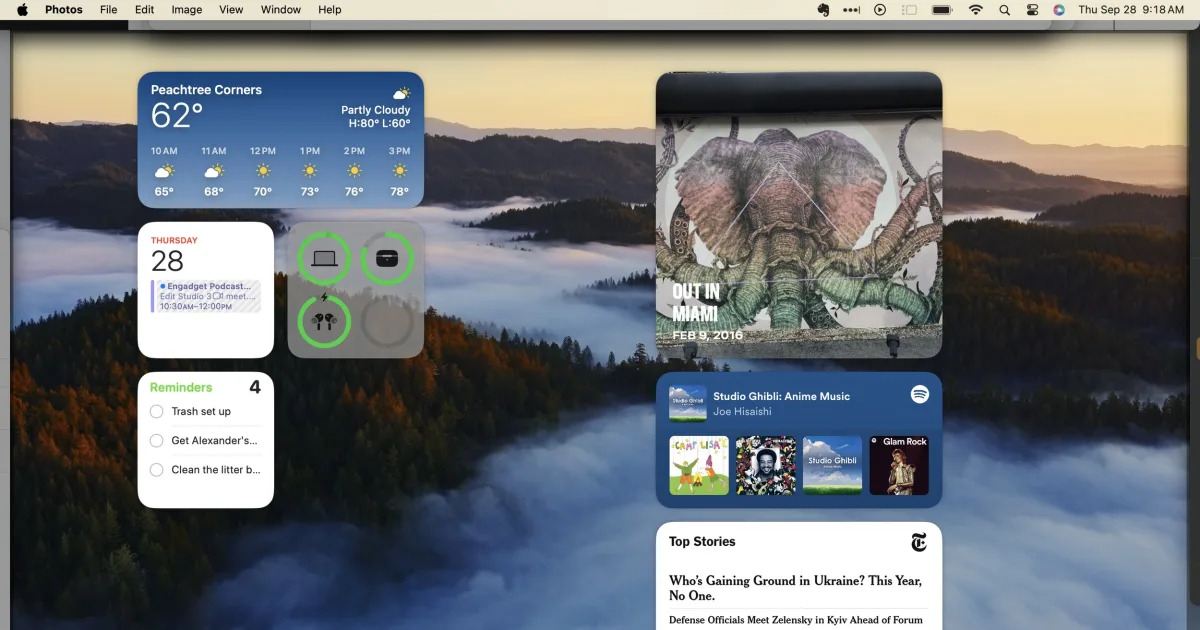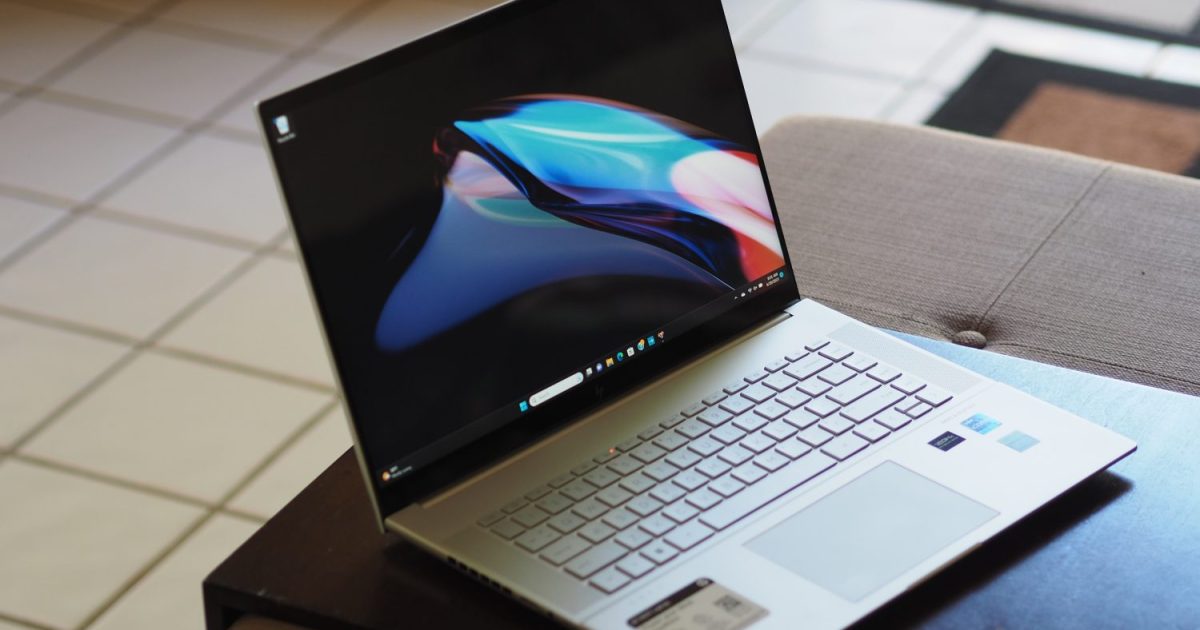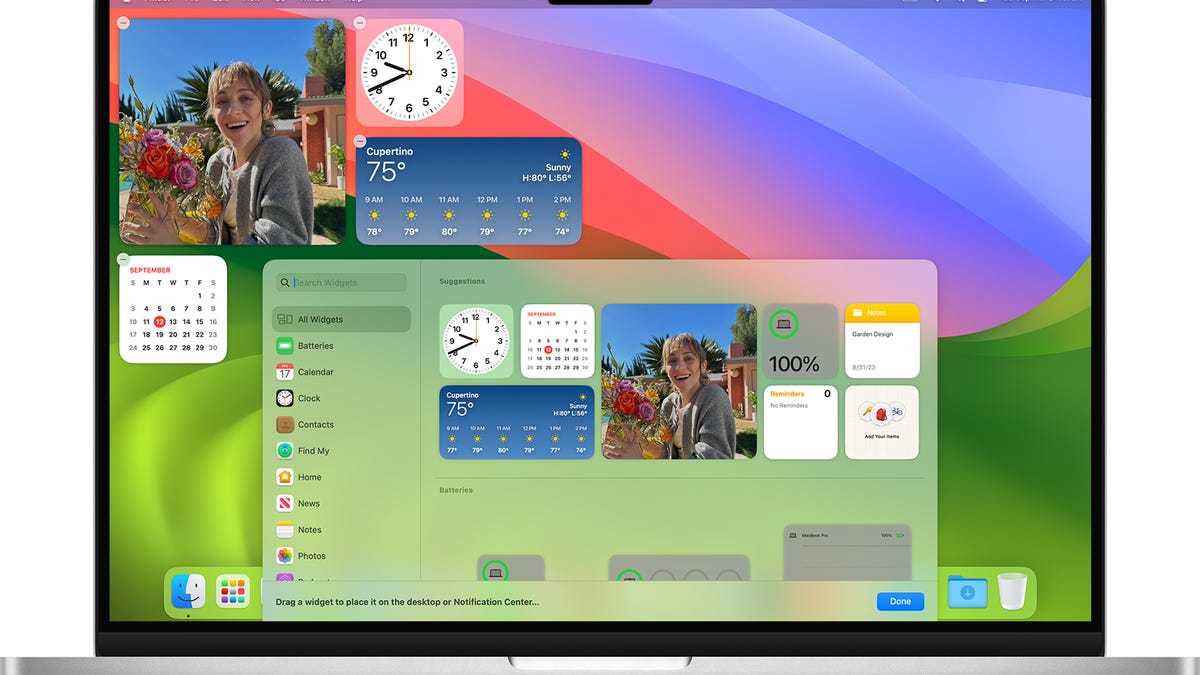Glowforge Aura a beginner-friendly laser cutter for hobbyists
Glowforge Aura a beginner-friendly laser cutter for hobbyists
Glowforge Aura: Laser Cutting Made Ridiculously Simple
When Glowforge CEO Dan Shapiro claimed that the Glowforge Aura “just works,” I was skeptical. As a vinyl cutter owner, I was accustomed to the intricate process of selecting materials, configuring blades, and creating my own designs. So when the Glowforge Aura arrived, I expected a similar level of complexity. But boy, was I wrong!
The Glowforge Aura, priced at $1,199, may seem expensive for an entry-level laser cutter. However, it more than makes up for it by simplifying the laser cutting and engraving process to a ridiculously easy task. While it’s technically a CNC (computer numerical control) machine that uses lasers for precise cuts and engravings, Glowforge doesn’t market it as such. Instead, they emphasize its user-friendly nature.
One of the standout features of the Glowforge Aura is its compatibility with a wide variety of materials, such as wood, acrylic, leather, paper, rubber, and more. However, compared to Glowforge’s higher-priced models, the Aura does have a smaller cutting area of 12 x 12 inches and a limited cutting depth of 1/4 inch (3/4 inch for engraving). This makes it slightly inconvenient for working with larger, thicker sheets of material. The premium models, on the other hand, can handle materials up to 18 inches wide and half an inch thick.
Another limitation of the Glowforge Aura is its 6W diode laser, which is weaker compared to the 40W CO2 laser in the Glowforge Plus or the 45W CO2 laser in the Glowforge Pro. The Aura’s diode laser emits a blue light, preventing it from cutting through translucent materials. This is where the CO2 lasers in the higher-end models shine, as they can cut through transparent and translucent materials more efficiently.
Safety is also a crucial consideration when using laser cutters. To ensure a healthy working environment, I paired the Aura with Glowforge’s personal air filter ($399), which purifies the exhaust fumes. Alternatively, you can use the ventilation hose provided with the Aura, directing the fumes outside through a window.
Setting up the Aura was a breeze. I simply placed the laser into position using the built-in magnet, inserted the crumb tray to catch excess material, and connected the ventilation hose to the personal filter. The size of the machine and filter surprised me; at 20.5 inches long and 22 inches wide, the Aura barely fit on my desk and ended up on my coffee table.
Once connected to Wi-Fi (a requirement for printing), I was ready to start crafting. The Aura is controlled through Glowforge’s web app, and the machine itself has only a large, glowing button for initiating cuts or engravings. The web app provides all the necessary controls and settings. Both the Aura and the personal filter have automatic on/off functions, but you can also unplug them when not in use.
Glowforge offers a vast catalog of ready-made designs on its website, which I primarily used for testing. Projects ranged in price from $0.99 to $19.99, excluding materials. Alternatively, Glowforge Premium subscription for $50 per month (or $600 annually) grants unlimited access to most paid designs. During my testing, I found 2,789 Aura-compatible projects, with 2,727 of those available for free with a Premium subscription.
For my first cut, I started small with a Glowforge gift box. I placed regular copy paper in the machine, applied masking tape to one side as instructed, and closed the lid. The Aura’s built-in camera captured an image of the paper on Glowforge’s web interface, with the gift box design overlaid on it. With a few adjustments to ensure fit, I selected printer paper as the material and hit the start button.
One of the captivating aspects of the Aura is its orange-tinted lid, allowing you to watch the laser at work. It took around 12 minutes to cut out the gift box, longer than expected for a standard copy paper slice. Surprisingly, the Aura also scored the paper lightly, creating fold lines for easier box assembly. I further tested the Aura with various woods and sheets of black and red acrylic. Glowforge recommends using their Proofgrade materials, specifically suited for their laser cutters. However, non-Proofgrade materials are also applicable; you just need to ensure they won’t damage the laser or produce hazardous fumes. The Glowforge community has compiled a list of non-Proofgrade materials and recommended settings for reference.
Vinyl cutting enthusiasts should note that most types of vinyl are incompatible with laser cutters due to potential damage and harmful emissions when heated. However, there are laser-safe vinyl options available, which unfortunately, I wasn’t able to test directly.
Using the laser for cutting and engraving materials other than paper revealed longer processing times. I experimented with designs of varying complexity, such as a phone holder, earrings, an earring stand, and coasters. Utilizing Proofgrade hardwood materials, the intricately designed earrings took around 45 minutes to complete. I even tried cutting The ENBLE’s logo on acrylic with a hastily created design in Glowforge’s web app.
For creating custom designs, I recommend using a dedicated image editing software like Adobe Photoshop, Illustrator, or Gimp, rather than Glowforge’s web app. The app has only basic tools, and access to more advanced features requires a Premium subscription. Fortunately, the app accepts a range of file types (JPG, PNG, SVG, PDF) for easy importing. There’s also Glowforge’s AI text-to-image generator, Magic Canvas, exclusively available for Premium subscribers. However, the generated designs have limitations, as AI still struggles with certain details like hands.
Maintenance is an important aspect of owning the Aura. Clearing the tray of small debris and occasional cleaning of the burned areas are necessary. Despite using the Personal Filter, I noticed a slight burning smell while cutting or engraving wood, so proper ventilation is advised. The Personal Filter cartridges are rated for up to 100 hours of use and cost $135 to replace.
Other machines in a similar price range include the $1,499 xTool M1 10w laser engraver, offering vinyl cutting capabilities, and the $1,199 Creality Falcon2 with a 22W laser. Though I haven’t personally tested them, these machines may be slightly less beginner-friendly due to the lack of a rich design catalog. Their more powerful lasers, however, give them an advantage over the Aura.
In conclusion, the Glowforge Aura’s ease of use compensates for its higher price point. It’s an excellent machine for newcomers to laser cutting, whether using it as a hobby or for creating crafts for a small Etsy shop. However, if you’re hesitant to invest $1,199 in a less powerful machine and an extra $50 per month for access to designs, the Aura might not be the ideal choice. Regardless, the Aura simplifies the laser cutting and engraving process, making it a delightful experience for users of all skill levels.





